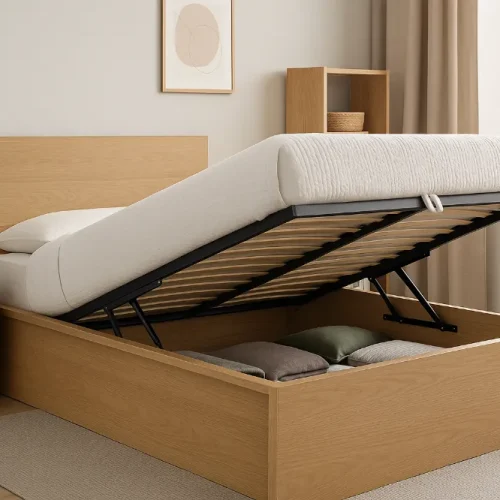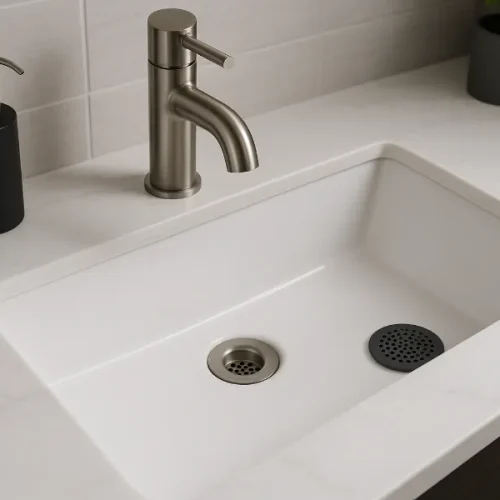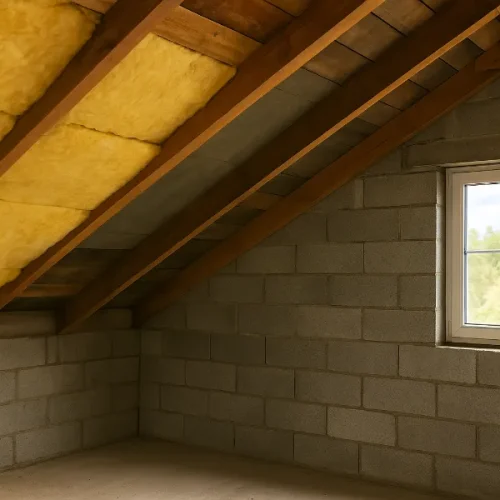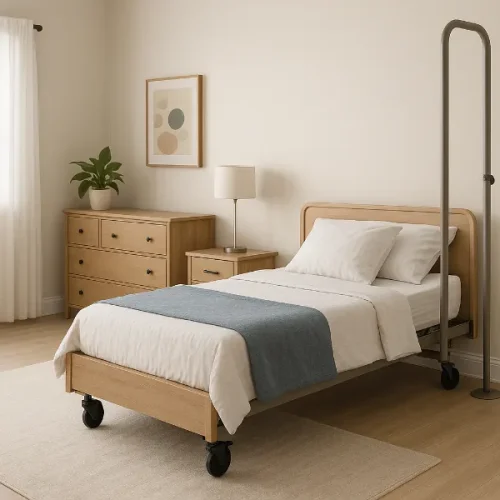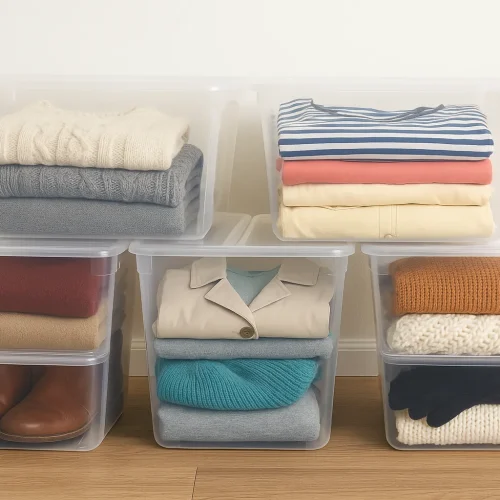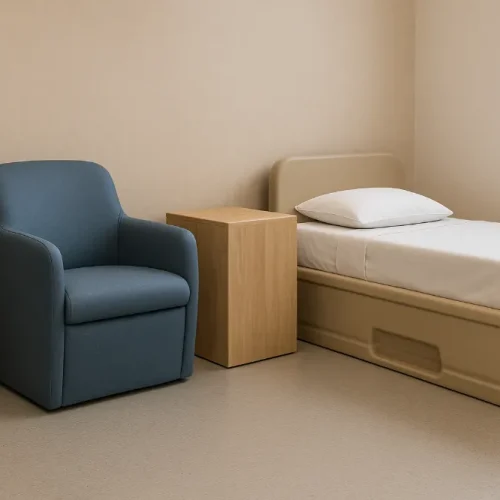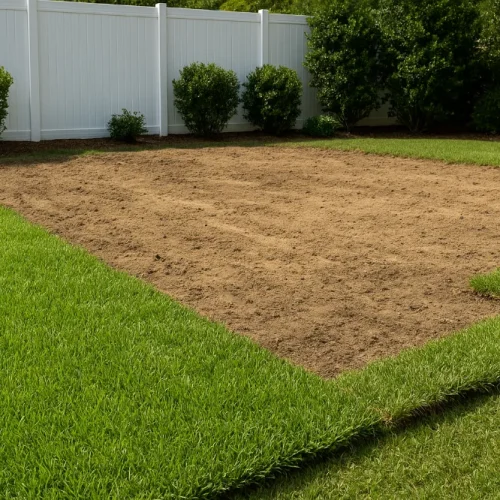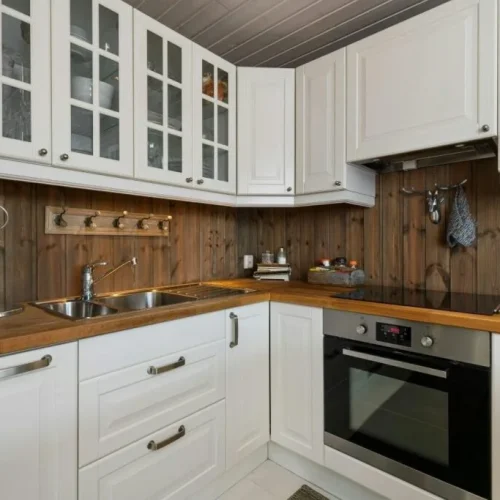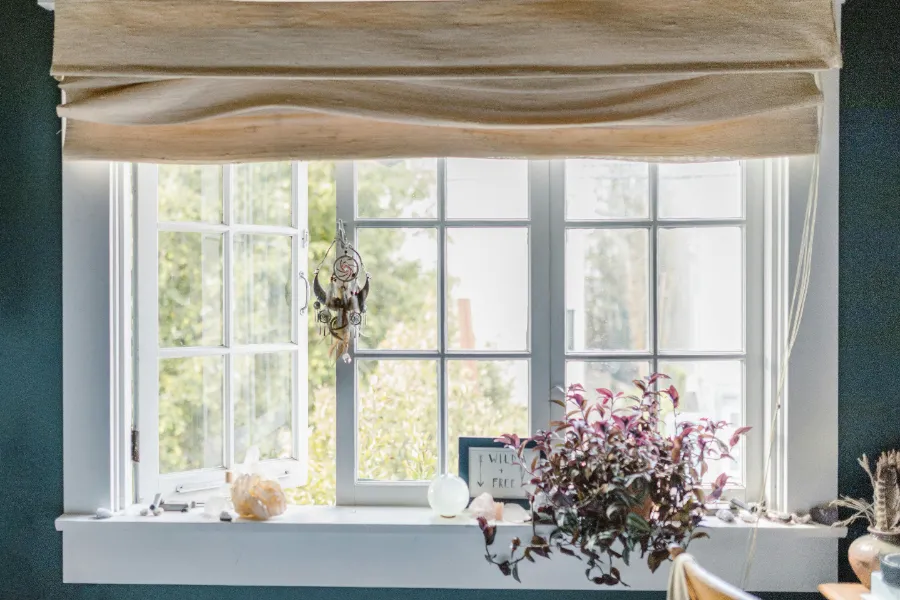
Ever felt too hot in winter or oddly chilly during a summer rainstorm? You’re not alone. Comfort at home used to be simple: thick walls, a decent heater, and maybe a fan. Now? It’s a balancing act between technology, climate shifts, and rising energy costs. The truth is, today’s most comfortable homes aren’t chasing what’s stylish. They’re built with timing in mind—timing of the seasons, energy use, repairs, and even daily habits.
This shift has become more noticeable in places like Lawrenceville, GA, where spring feels like a damp sauna and autumn can switch from summer heat to winter chill overnight. Across the U.S., unpredictable weather patterns are turning comfort into a year-round strategy, not a seasonal fix. In this blog, we will share why timing matters more than trends when creating a home that actually feels good to live in and how homeowners can make smarter choices that last longer than a social media design cycle.
When Comfort Isn’t Just About What Looks Good
Big-box stores are full of stylish home trends, but if your house is uncomfortable or your energy bill keeps climbing, those upgrades lose their appeal. Real comfort comes from knowing how your home reacts to outside conditions and timing your systems accordingly. Smart thermostats help by learning your habits, adjusting for weather, and avoiding wasted energy—less flashy, but far more effective.
Comfort also depends on where you are. That’s why more homeowners are comparing AC vs heat pump in Lawrenceville, GA, to figure out which system works better year-round. A heat pump can both heat and cool, making it a flexible option for areas with mild winters and humid summers. But timing matters here too when you install, when you upgrade, and how long you plan to stay in the home.
The Energy Spike Nobody Talks About
Let’s talk about energy for a minute. Not the trendy stuff like solar panels on every roof, but the less-glamorous daily spikes that quietly drain your wallet. Most people still run heating or cooling systems at full blast during peak hours. That’s like filling your gas tank during a holiday road trip. It works, but it’s more expensive and less efficient. The most comfortable homes are the ones that shift their energy habits just a bit. Running laundry at night. Using shades and window films to block heat during the day. Programming systems to cool before noon instead of mid-afternoon. Small shifts in timing, big savings.
During the last few summers, states across the country saw rolling blackouts and power warnings. Timing your home’s energy use when to cool, when to recharge, when to unplug has now become more than just a nice idea. It’s survival for your electric bill. Even water use is a timing game. Early-morning irrigation avoids evaporation. Off-peak dishwasher cycles stretch hot water reserves. These aren’t flashy design upgrades, but they feel better when you live with them.
Good Design Waits for the Right Moment
You don’t need to rip out your kitchen to improve your home. Sometimes, the smartest upgrades are timed with need, not trends. Think about weatherproofing. It’s easy to ignore until a cold front sneaks in and suddenly your house feels like a leaky tent. But a simple window seal or draft blocker installed at the right time can prevent months of discomfort. Same goes for roofing materials, insulation, and siding. People often wait until there’s visible damage, but by then you’re paying more for urgent labor and patchwork fixes. Homeowners who plan updates before peak damage season often spend less and get better results.
That’s why the best contractors are booked in advance. They work with people who understand timing beats panic every time. Want to replace your HVAC before summer starts? Book in March. Need insulation before the freeze? August or September. The irony is that homes that feel modern and seamless often rely on very unfashionable principles like scheduling, planning, and maintenance. Not very TikTok-worthy, but undeniably effective.
Comfort That Follows Your Life, Not the Market
You know what’s more comforting than an open floor plan? Not hearing your neighbor’s leaf blower at 6 a.m. because your walls actually block sound. Comfort isn’t just about temperature or furniture. It’s about how a space responds to your rhythms. Open-concept kitchens are popular, but in homes with loud HVAC systems or poor air circulation, they just spread noise and smells. Minimalist design looks sleek, but offers no storage when you suddenly need space for bulk pantry items after a storm warning.
The most livable homes today are the ones that anticipate needs, not just aesthetics. That includes multi-use spaces that can double as offices, play areas, or guest rooms. It includes lighting you can adjust for cloudy days or nighttime focus. And yes, it includes systems like heat pumps or dual-fuel setups that adapt to seasonal changes without you lifting a finger. Trends focus on appearances. Timing focuses on function. You’ll notice the difference the first time your house stays warm during a cold snap without a spike in your bill or when a July heatwave hits and your system doesn’t collapse.
The Power of Small Adjustments
Comfort doesn’t have to come from big-budget renovations. It often comes from paying attention to timing. Things like checking filter replacements at the start of each season. Swapping heavy curtains for thermal panels before winter. Adjusting fan direction depending on the month. Some homeowners keep a seasonal checklist. Others rely on service subscriptions that automate reminders and maintenance. The point isn’t the system. It’s the rhythm. The habit.
And right now, that rhythm matters more than ever. Between climate shifts, supply shortages, and rising utility rates, homes built on timing are simply more stable. They feel safer. Smarter. More responsive to real life.
Style is nice. But comfort stays.
So before you chase the latest backsplash tile or lighting trend, look at your calendar. Look at your local climate patterns. Look at how your home behaves at 7 a.m. in February or 4 p.m. in August. Then ask: What can you change now that will make next season easier? Because the most comfortable homes aren’t the ones that followed trends. They’re the ones that saw what was coming and quietly got ready.
FAQs
Because the biggest comfort gains come from aligning heating, cooling, and maintenance with seasonal patterns—not aesthetic updates.
Using systems during off-peak hours and adjusting home routines to weather patterns dramatically reduces energy consumption.
HVAC tune-ups, insulation improvements, weatherproofing, roofing, and window sealing all perform better and cost less when scheduled before peak seasons.
Shifting energy use like running appliances at night or cooling early in the day avoids peak-hour pricing and reduces strain on equipment.
Heat pumps can both heat and cool efficiently, making them ideal for regions with unpredictable temperature swings.
Changing filters at the start of each season, adjusting thermostat schedules, and modifying fan direction with weather shifts all help.
Scheduling maintenance before extreme temperatures prevents emergency breakdowns, which are more expensive and harder to schedule.
Yes pre-cooling, early heating, and off-peak energy use help maintain comfort even during heatwaves, cold snaps, or grid strain.
Running irrigation early in the morning, using dishwashers at night, and timing hot water use prevents waste and reduces demand.
They can be but functional, well-timed improvements offer longer-lasting comfort, durability, and savings than aesthetics alone.


